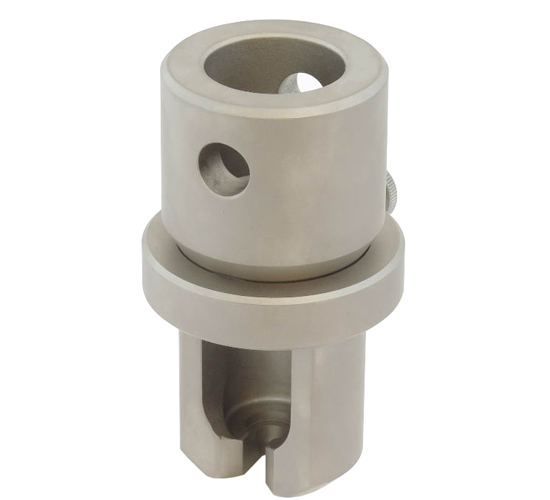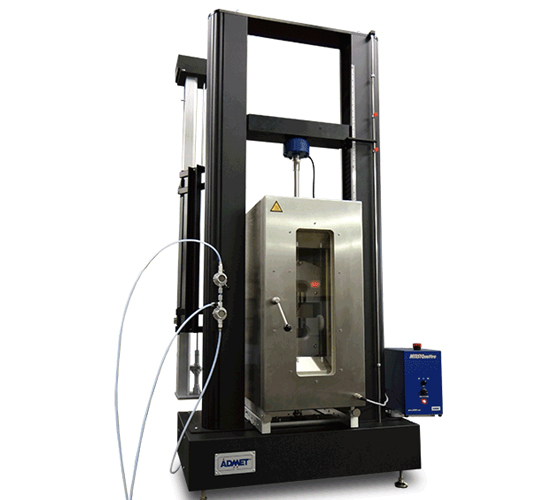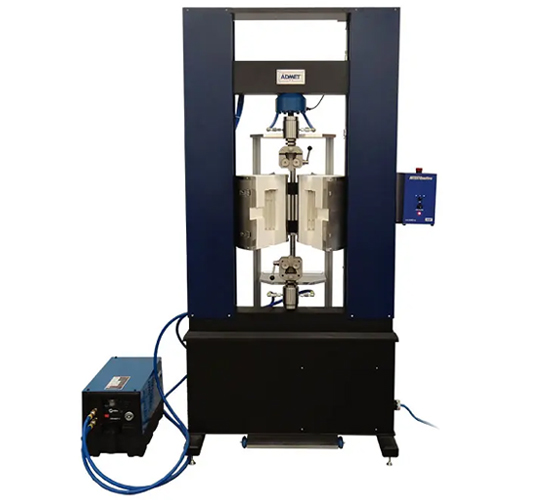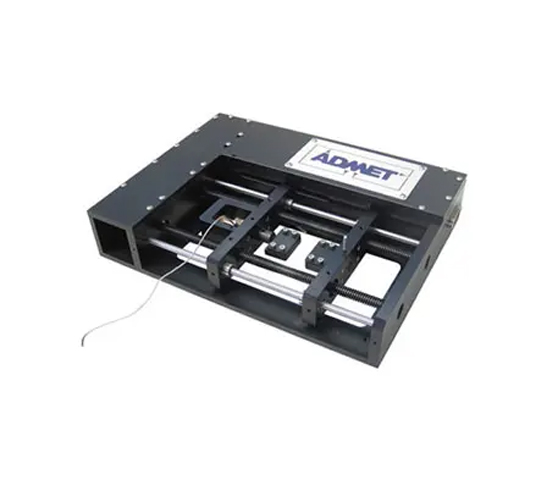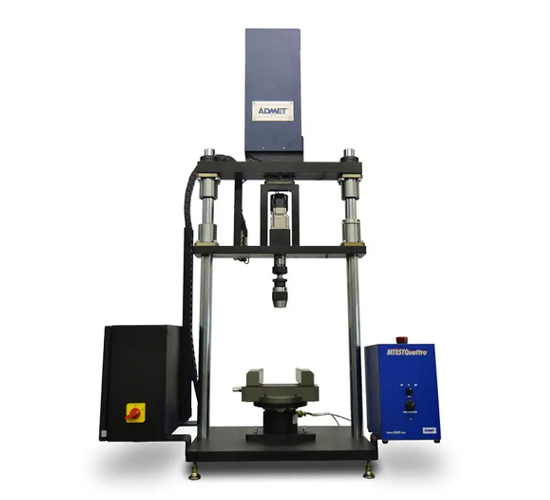Shoulder Specimen Grips Overview
Shoulder Specimen Grips are precision-designed accessories for universal testing machines, specifically tailored for tensile testing of specimens with shoulder geometries. These grips are ideal for holding flat or round specimens that feature enlarged ends or “shoulders” to ensure secure and accurate testing. Commonly used in industries like aerospace, automotive, construction, and material research, they are essential for evaluating the tensile strength and elongation of metals, composites, and other materials.
The Shoulder Specimen Grips feature a robust clamping design that provides a secure hold on the specimen’s shoulders while minimizing stress concentrations that could lead to premature failure. The self-aligning mechanism ensures that the specimen is perfectly centered, which is critical for achieving reliable and repeatable test results.
These grips are highly versatile and can accommodate a variety of specimen sizes and shapes, including flat and cylindrical geometries. Adjustable components make it easy to fit different dimensions, ensuring flexibility for a wide range of testing needs. Whether you are working with small lab specimens or larger industrial samples, these grips provide consistent performance.
Built with high-strength materials like steel and aluminum, Shoulder Specimen Grips are designed for durability and long-term reliability. They are capable of handling high loads and maintaining precision under demanding conditions, making them suitable for both research and quality control applications.
The grips integrate seamlessly with most universal testing machines, offering an easy-to-install and user-friendly solution. They are perfect for conducting tensile tests on materials where the specimen’s shoulder geometry is crucial for accurate clamping and force distribution.
For more information on Shoulder Specimen Grips, customization options, or universal testing machine price, contact us today.

